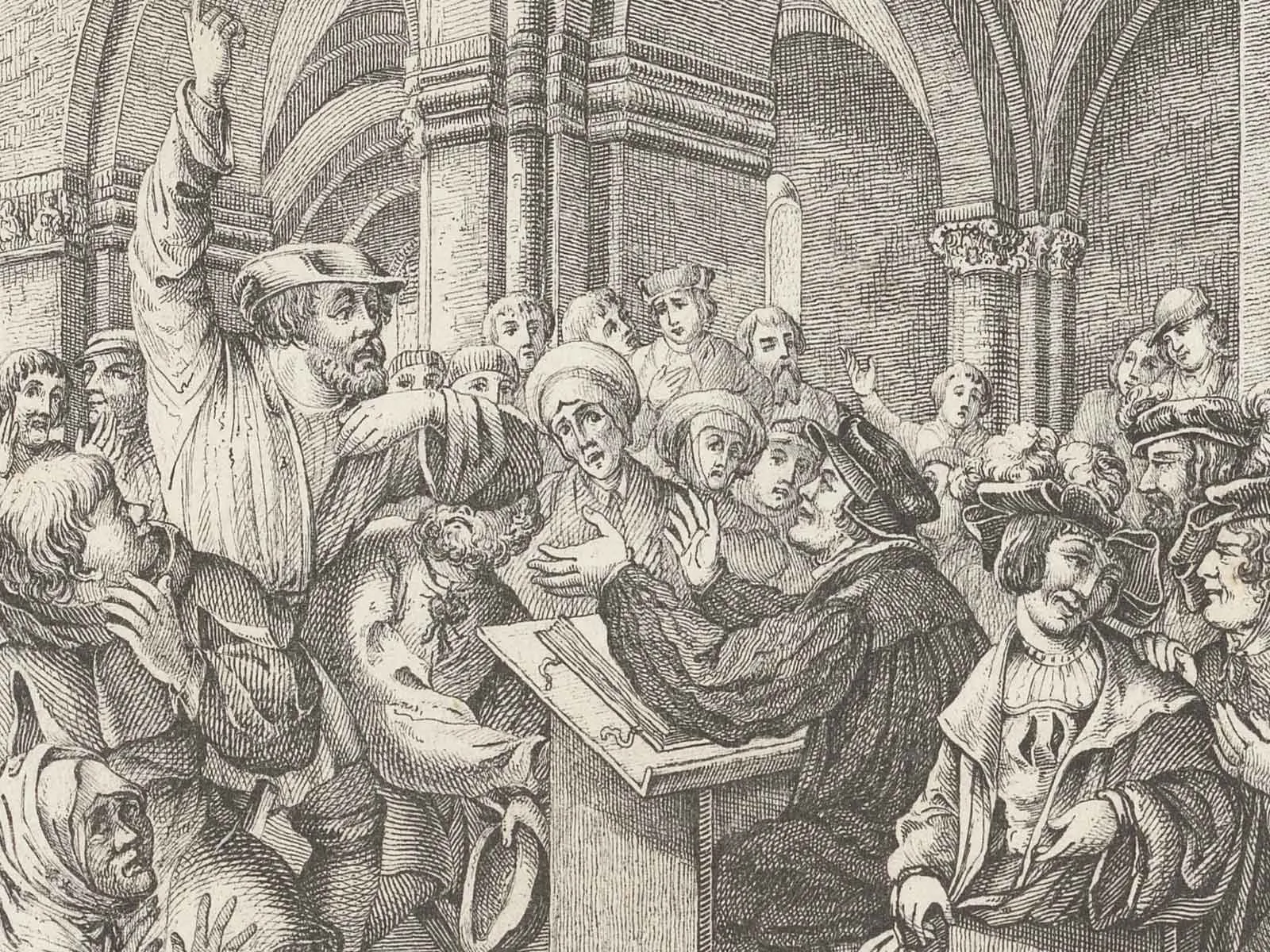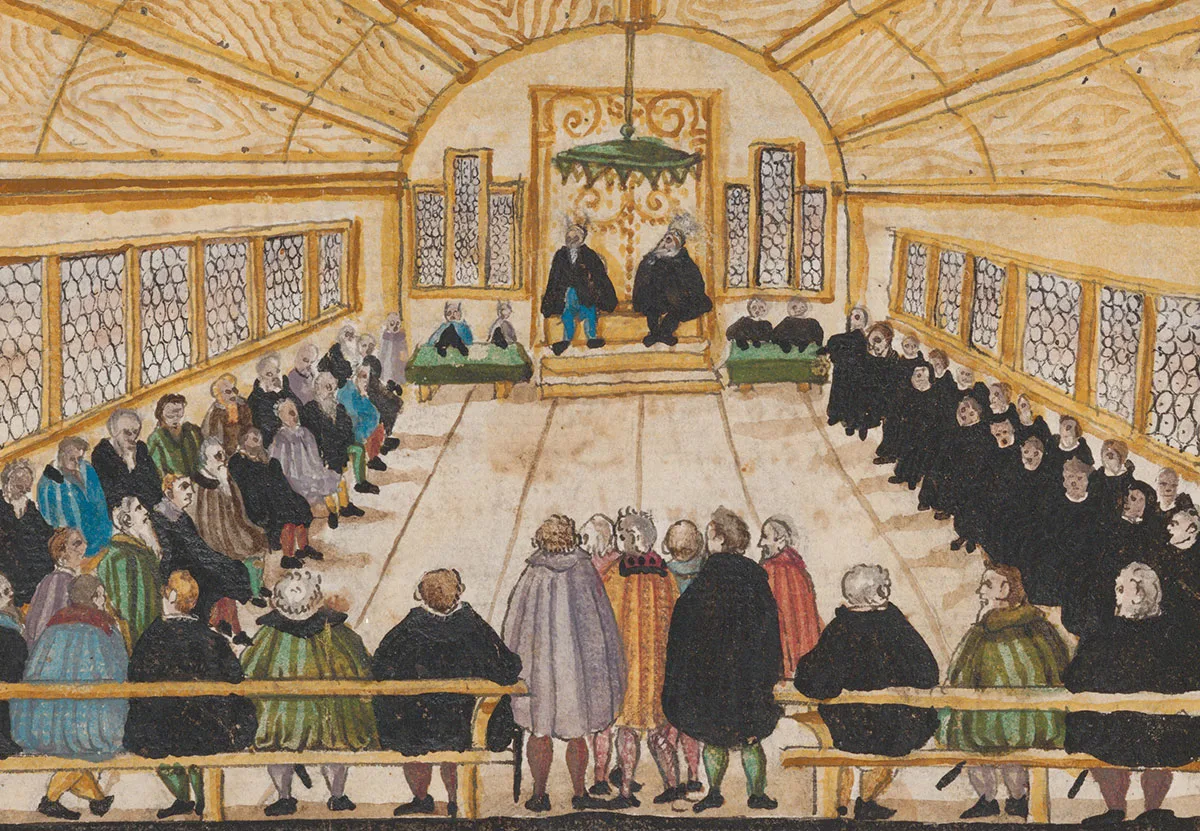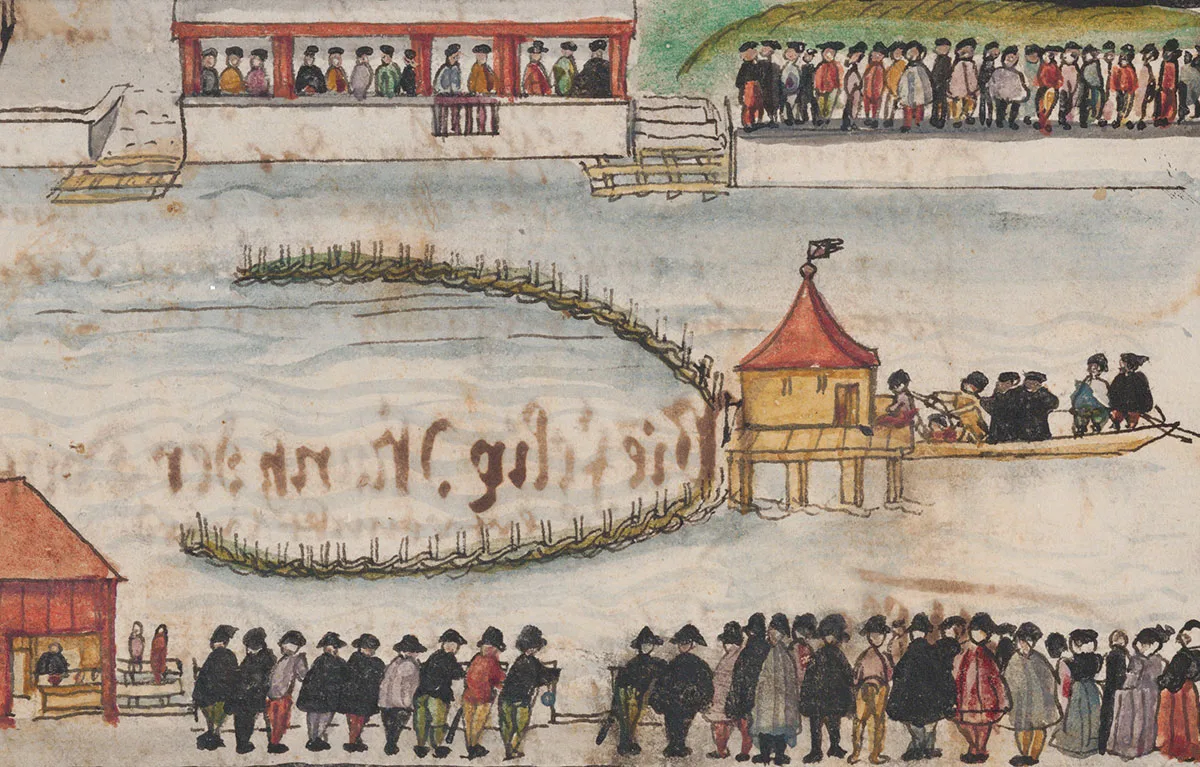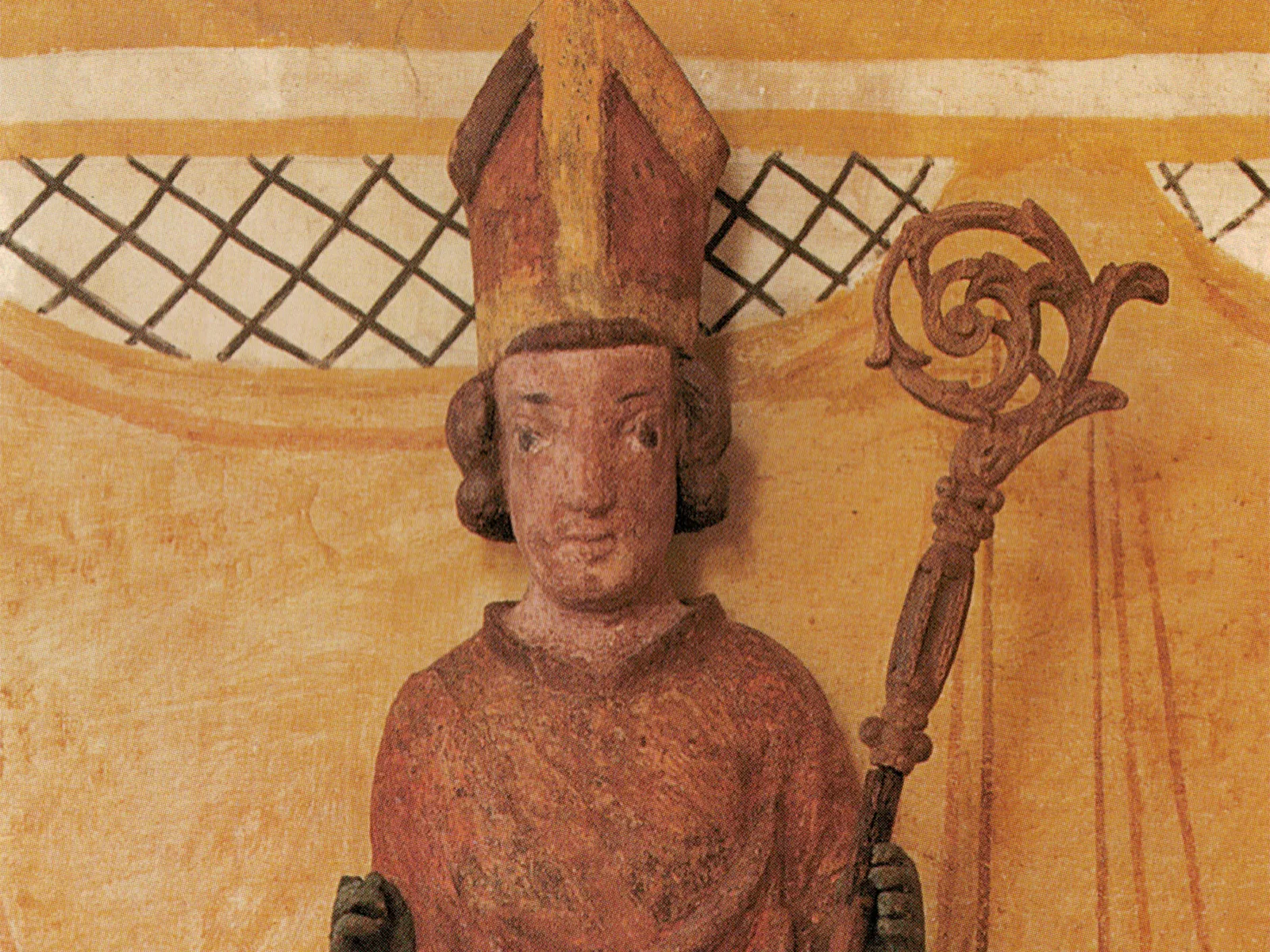
Margret Hottinger of Zollikon in her own voice
Members of the Anabaptist movement in and around Zurich were persecuted and executed for their convictions during the Reformation. They continue to be disparaged and stereotyped to this day. But a look at the historical sources reveals a different picture ‒ that of a defiant movement in which women also played a key role.

From the records of interrogation
If you can prove to me that infant baptism is legitimate, then I will recant. Then and only then.

The words of women from the mouths of men
Zwingli gets involved

Influenced by the historical sources: the TV adaptation of Gottfried Keller’s novella Ursula – a 1978 Swiss-GDR co-production – caused a scandal in both countries, partly due to its scenes of promiscuity. YouTube / ARD Video



